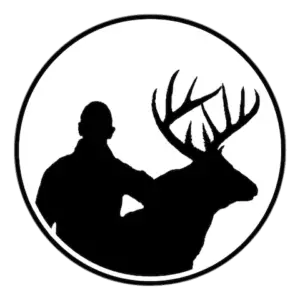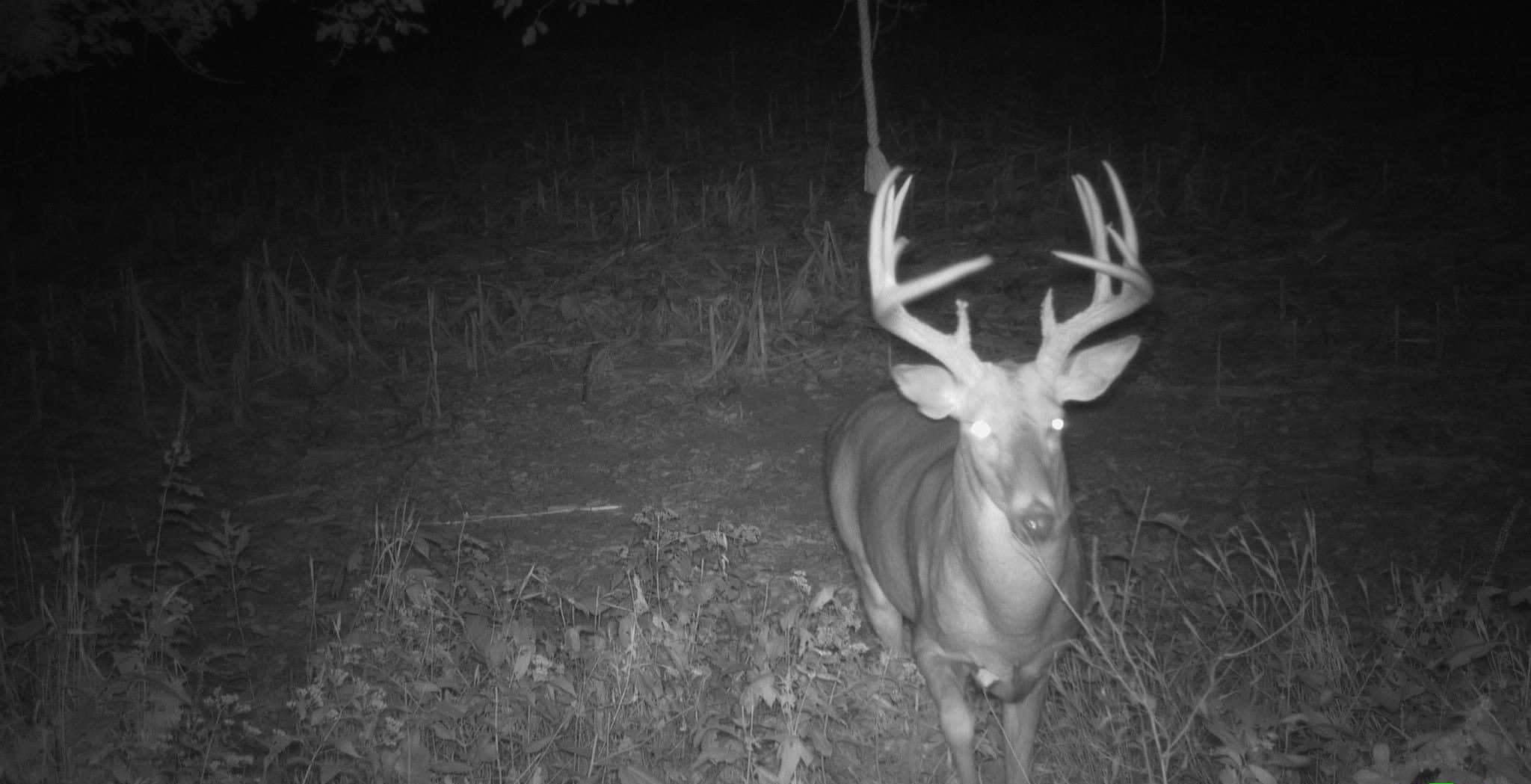I have been a deer hunter and land manager for several years. Since 2008 I have been running trail cameras to monitor deer activity on the properties I hunt. I know how frustrating it can be for a buck to show up on a trail camera at night and never show up during the daytime.
Before we get too far into this article, I should say that all deer are nocturnal by definition. In other words, deer are active during nighttime hours. They also move at all times during daylight hours. To learn more about deer activity at night, be sure to read the following articles:
Are deer nocturnal
Are deer more active at night
What do deer do at night
With that being said, there are things we can do as hunters and land managers to encourage bucks to spend more time on our properties during daylight hours.
To get a buck to spend more time on your property during daylight hours, you need them to feel safe. Safety is a buck’s number one priority. Therefore, he typically needs some form of cover to hide within that’s free of human intrusion. Once a buck feels safe from predators, he focuses on his other needs such as food, water, and social interaction with other deer. Food and water within close proximity to a buck’s sanctuary will increase the odds of him moving in that area during daylight hours.
There are many bucks that bed far away from their primary food sources. Therefore, if a buck starts moving toward food sources late in the day, it’s possible that a hunter will never get a chance to see that buck if they are hunting close to food. In a perfect situation, the buck you are after is going to be bedded on your property or the property that is directly next to where you are hunting.
If you are a landowner, or you have permission to manipulate the habitat where you hunt, you have the best advantage to improve the daytime deer activity on your property. It’s easy for me to say that you need to create cover, plant food plots, improve your access, and so on. All of these things are true. However, random improvements on your property will most likely do more harm than good, and actually increase the nighttime deer activity on your property. The best advice I can give you is to strategically set up your property for deer hunting. You need to have a plan first. Once you have a plan, implement that plan and make improvements to your property to increase daytime deer activity.
If you aren’t sure how to do this, or you want help to put a plan together for your specific property, a land consultant can save you a lot of time, money, and headaches.
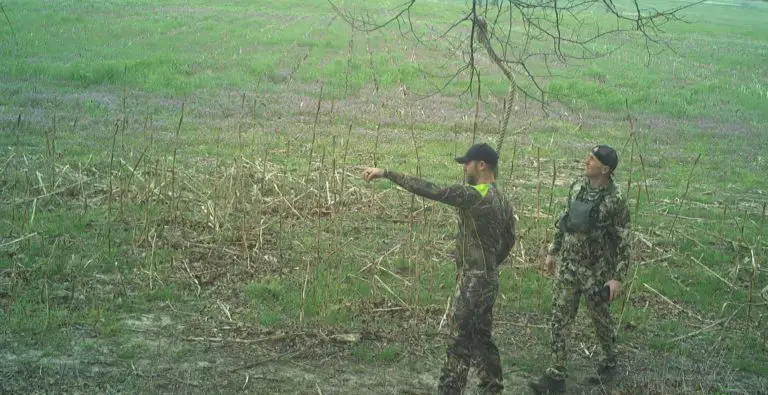
The key to getting a buck to use your property during daylight hours is to make sure he has everything he needs within close proximity to your property. However, you don’t necessarily need to offer everything on your property to see bucks during daylight hours.
There are situations out there where a neighbor’s property might offer a piece of the puzzle for what you need to get deer to use your property during daylight. For example, if the property you hunt is next to a neighbor’s property that doesn’t allow hunting, then that neighboring property might act as your sanctuary. In this situation you might only need to focus on planting food and creating good access to your stands. On the flip side if your property is located in the middle of several agricultural fields, you might only need to focus on implementing cover on your property.
All properties are unique. That’s why it’s so important to have a plan for the improvements you make to the land, as well as a strategy for how to hunt it. Mapping out your plan on an aerial map is extremely helpful and will assist you in visualizing your strategy.
Even if you do everything right, some deer will still only show up on your property at night. It’s likely that your property will be on the far end of a few bucks’ home range. When it comes to bucks like these, it’s going to be very difficult to see them during daylight hours. If your property is highly attractive, you might create a short window of opportunity to see them during the daytime.
How to improve a property to stop a buck from being nocturnal
Bucks move at all times of day and night. You will never stop him from moving at night. However, there are several improvements you can make to your property to encourage him to move more often during daylight hours.
- Create cover
- Create a sanctuary
- Stay out of the sanctuary
- Plant food plots
- Create waterholes
- Hide your access (create screens)
- Improve your entry and exit to stand locations
- Position your stand locations in strategic locations
To learn more about each of these improvements make sure to read these articles…
How to set up a property for deer hunting
How to make deer feel safe
Should you enter a deer sanctuary
How many stands should I set up per acre
Where you should set up your deer stand
Even if you aren’t able to manipulate the habitat or plant food plots on the land that you hunt, there are still things you can do to encourage deer to move during the daytime. However, to know how to promote daytime deer activity you first need to know what makes deer become nocturnal. Knowing this will help you control your actions and avoid making mistakes that boost deer activity at night. Let’s dive into that now.
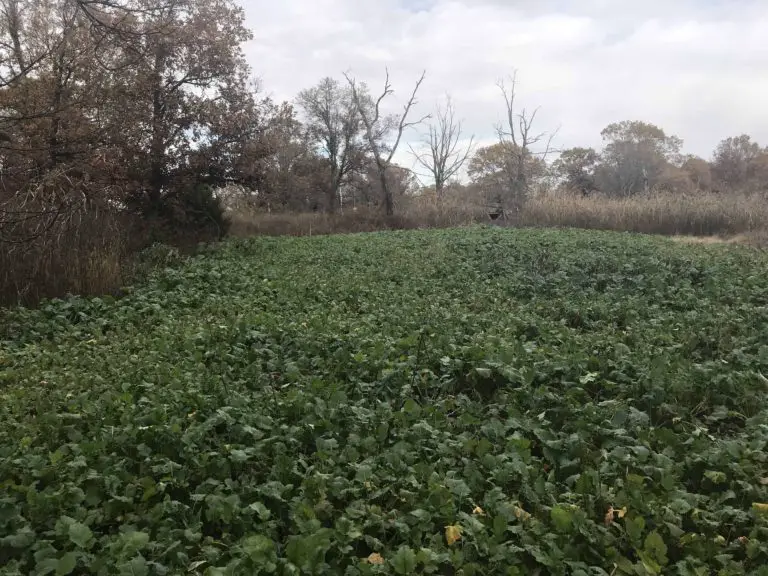
What makes deer become nocturnal
There are two reasons why deer appear to be more active at night than they are during the day. The first is because of pressure from predators, such as humans or dogs. The second reason is because they are bedding far away from the property where you are seeing them at night.
As hunters, if we aren’t able to manipulate the habitat to encourage daytime deer activity, there are still a few things we can do. First, we need to hunt smart. Human pressure is the number one reason why a buck will avoid an area and use it primarily at night. Therefore, make sure you hunt on the edge of cover whenever possible, and only hunt locations where your wind is blowing toward areas that deer aren’t likely to smell you.
Deer can become alerted to human pressure even after your hunt is over. Most likely you will leave ground scent walking to and from your stand locations. That’s why it’s important to hunt on the edge of cover so that bucks will feel a sense of security within the heart of that cover. You want a buck to be bedded close in order to give yourself the best odds of seeing him during daylight.
Only hunt stand when the conditions are right for them. Every stand should have its own recipe for when it should be hunted. For example, deer activity is highest during the rut and during cold fronts. Try to hunt during these times, but always play the wind no matter what.
You can also learn about a buck’s yearly pattern with trail cameras. This will help you understand when a specific buck is typically in the area. If a specific buck usually shows up around the first of November, then you might want to not hunt that property in October. Instead, wait until you think that buck is using the property and then go in for the kill when the conditions and timing are ideal.
If you feel like you are hunting smart and bucks are still only using the property at nighttime, then you probably need to relocate and hunt somewhere else. This is easier said than done in most cases unless you are hunting on public land where you can move around a lot. Getting away from human pressure is one thing on public ground, but it’s a little more challenging if you have to start knocking on doors to get hunting permission. However, gaining permission to hunt new places is one of the best ways to find success when hunting bucks. Don’t be afraid to step out of your comfort zone in order to find better places to hunt.
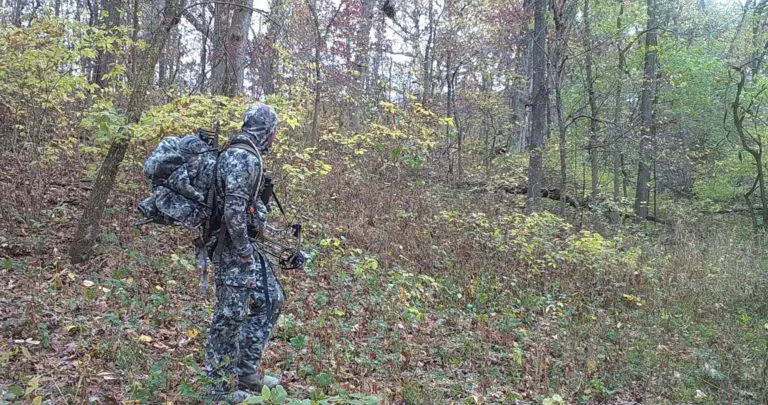
Conclusion
Whether you own hunting property or not, there are several things we can do as deer hunters to create better odds of see bucks during daylight hours. Deer are nocturnal animals so we technically we can’t stop them from moving at night. However, every buck is vulnerable during daylight hours. Bucks move at all times of day and night. The challenge is finding out where specific bucks are bedded during the day, or creating those places for ourselves. Once we have done that, we just need to be strategic with how we hunt. If we hunt smart and put our time in the stand then we have put ourselves in a great position to harvest those bucks.
